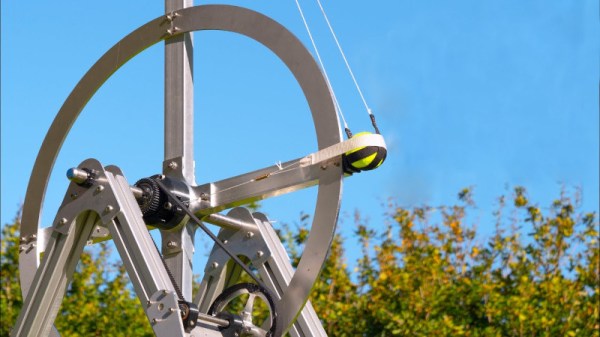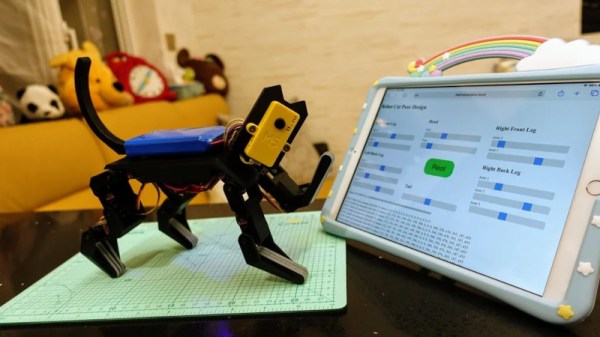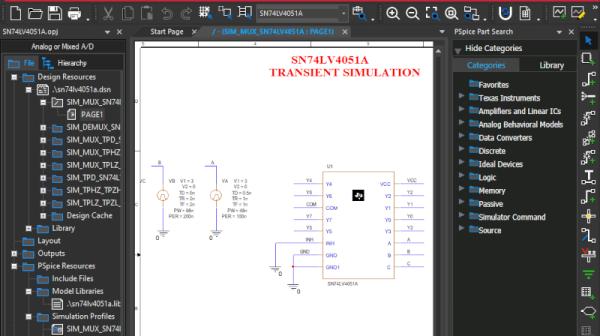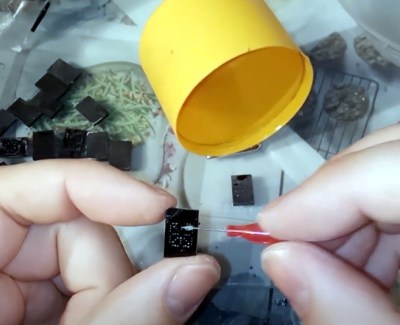Most of us gained a familiarity with siege weapons from Age of Empires, and the march of technology has meant these relics aren’t typically seen on modern battlefields. However, development continues apace in the enthusiast community, and [Tom Stanton]’s latest trebuchet design puts a different spin on launching projectiles at speed.
The design takes advantage of the flywheel as an energy storage device. The flywheel is spun up to speed using a hand crank, through a timing belt and a set of hybrid 3D printed and CNC aluminium gears. Once spun up to sufficient angular velocity, a trigger releases the tennis ball payload from a sling, flinging it forth at speeds over 180 miles per hour.
Moving on from classical materials such as wood and nails, [Tom]’s latest design relies on aluminium in an effort to build something that won’t rot when left outside in the rain. The use of aluminium profiles also makes adjustment and redesigns easy, while providing the necessary adjustments to dial in things like release point and belt tension. We’ve featured a few different designs over the years; the walking-arm trebuchet is perhaps the most oddball of all. Video after the break.




















